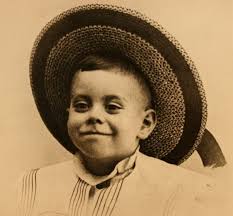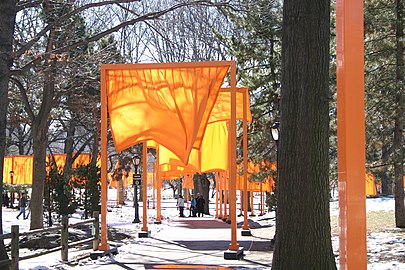PHILLY PANTO
Do we still celebrate Columbus Day? This summer, statues of the intrepid explorer were defaced, beheaded, and toppled. In South Philadelphia, the City shrouded a Columbus statue and recently announced its removal. It is unclear what will happen to the Columbus Memorial near the Delaware River. The 106-foot ersatz obelisk was designed by Robert Venturi and Denise Scott Brown in 1992. According to the Philadelphia Inquirer, “The Delaware River Waterfront Corp., which maintains the monument but was not responsible for its construction, said in a statement Tuesday that the statue ‘does not align with DRWC’s mission to create and maintain a safe and welcome space for all.’” In order to “protect public safety” and “reduce continued pain” the now offensive text at the base of the obelisk,








